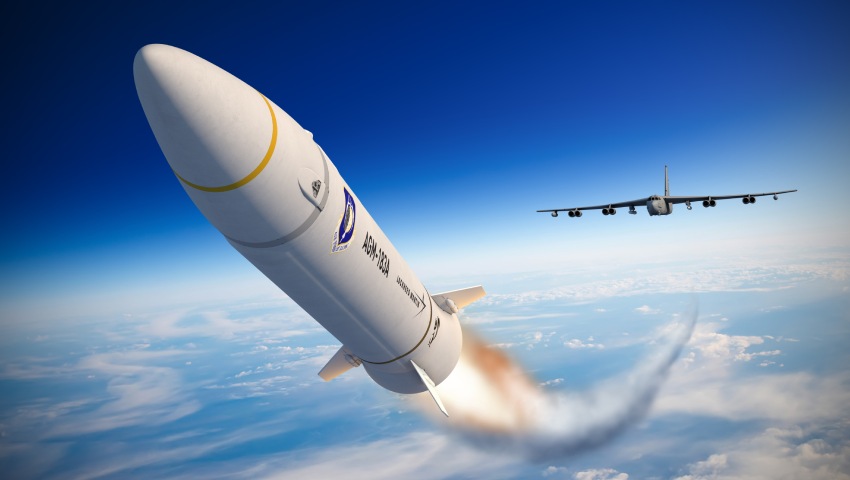One of Lockheed Martin’s most senior figures responsible for overseeing hypersonic weapons has said he’s confident Western countries can catch up with the leaps made by China.
To continue reading the rest of this article, please log in.
Create free account to get unlimited news articles and more!
Doug Graham, the business’ global vice president for advanced programs, told Defence Connect’s sister publication, Australian Aviation, the company has made “pretty rapid progress” despite “episodic” investment from governments over the years.
“In the United States and here in Australia, the decision has been made that it’s time to reinvigorate our investment,” he said.
Last July, China made global headlines when it tested a new generation of hypersonic missiles more advanced than those currently being tested by the US.
It led to General Mark Milley, the US’ highest-ranking military officer, admitting the experiment was “very concerning” and comparing it to the Soviet Union’s American-beating launch of the Sputnik satellite in 1957.
However, Graham said things are beginning to change.
“The Russians have operational systems, the Chinese have operational systems – we don’t yet,” he said.
“The Chinese have been flight testing frequently, a lot more than we have been, over the last couple of years. Without getting into numbers, the number of flight tests they do in one year, we haven’t done in the last 10.
“But that’s now starting to change. I have every confidence that our technology – and quite frankly, our people – along with the right sustained investment from the United States and Australia, will be able to field these capabilities to meet our security needs rapidly.”
Next-generation hypersonic aircraft and missiles have the potential to be able to be steered in mid-air, allowing them to evade interception and be difficult to track. Those developed by China and Russia could also theoretically carry nuclear explosives.
Graham said investment is also going into deciphering how these apparently undetected missiles could one day be tracked.
“We’ve invested a lot of money over the last several decades on missile defence capabilities, but they’ve largely been focused on ballistic missiles that follow nice, predictable trajectories. These new systems are very manoeuvrable,” said Graham.
“Consequently, it’s not a trivial issue to track them. One solution is advanced tracking and very agile interceptors to engage them mid-flight, areas Lockheed Martin has considerable capability in. As it turns out, Australia is also home to some of the world’s foremost tracking experts, so there’s yet another area of opportunity.”
Read the full interview and feature here.
[Related: USAF tests hypersonic missile from B-52 bomber ]

 Login
Login







